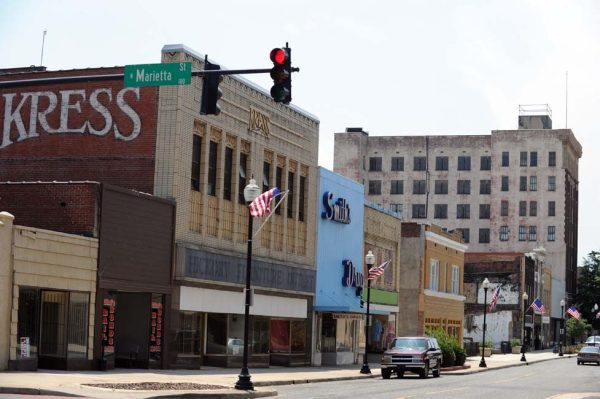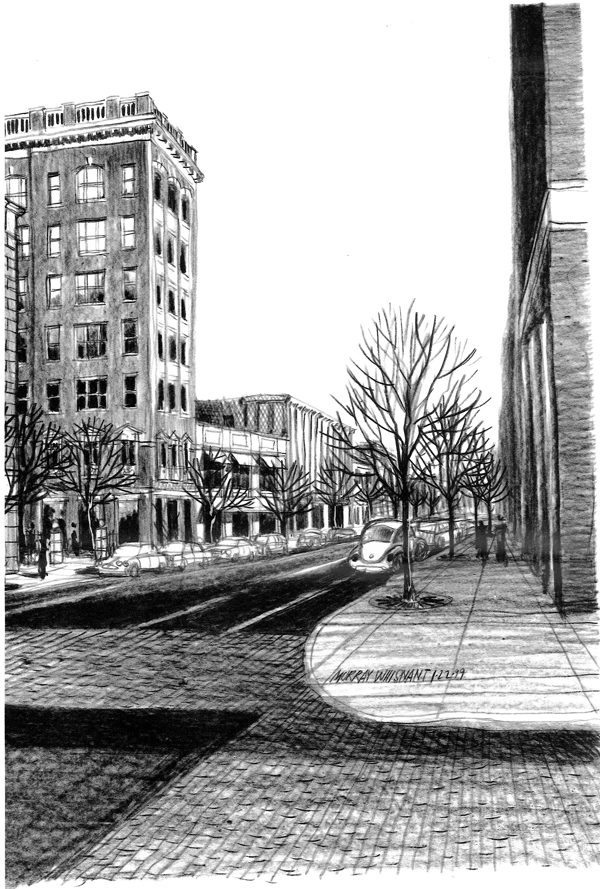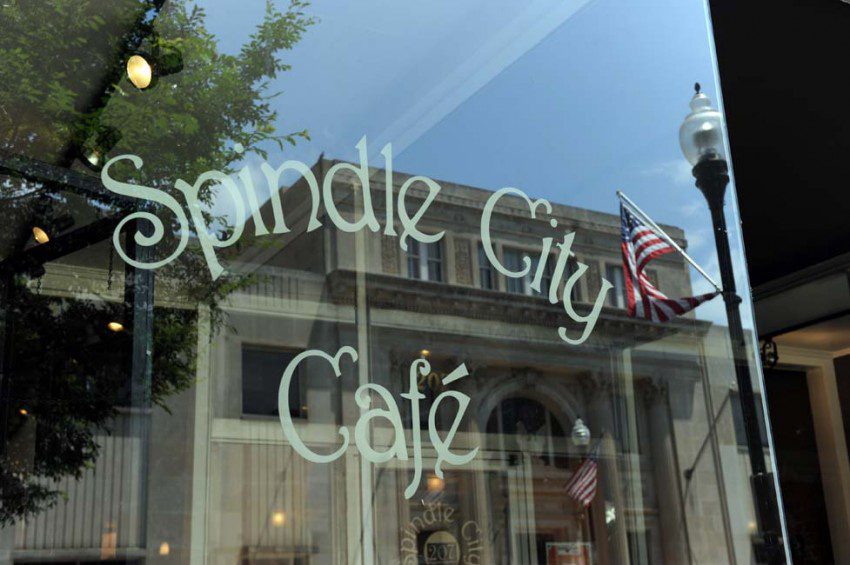Gastonia working to lure artists downtown

An artists’ colony in downtown Gastonia?
Sounds far-fetched. But after studies, surveys and a yearlong fundraising campaign, it’s getting closer to reality. In May, the Community Foundation of Gaston County signed a pre-development contract with Artspace, a Minneapolis nonprofit that builds and maintains affordable live-work units for artists, to build a project in Gastonia by 2016.
More recently, the organization has narrowed the list of potential sites to three – all in the downtown area, says Richard Rankin, board president of the foundation. The project requires 50,000 to 75,000 square feet for 35 to 45 housing units as well as space for ground-floor retail. Rankin said a final site selection could come within a month.
The units will include durable surfaces, few interior walls and lots of natural light, making it easier for artists to work and live in them, says Wendy Holmes, senior vice president of consulting and strategic partnerships for Artspace.
Retail business will be selected to complement artistic work, Holmes says.
“That could be anything from a coffee house or a frame shop or another nonprofit organization,” says Holmes.

Artists who make less than 60 percent of the area’s median income, about $28,000 for a single person, are eligible for the subsidized apartments.
“The reason that’s so brilliant is that artists take care of their space,” Rankin says. “They make it beautiful.”
Artspace projects aren’t limited to painters or sculptors, Holmes says.
“This includes every type of artist you could imagine – musicians, cultural workers for museums or orchestras. Every community defines arts in a different way. In Santa Fe, we learned that healing artists were very important to their community.”
The project is expected to cost $12 million to $15 million. Artspace will help find 80 percent of the funds with the other 20 percent coming from private philanthropy. So far, Rankin says, the Foundation has raised almost $1 million from private sources: $400,000 from the Community Foundation, $250,000 from the David Belk Cannon Foundation, $250,000 from Pamela Kimbrell Warlick and $25,000 from the Lena and Carrie Glenn Foundation. Supporters will need to find another $1.5 million to $2.2 million to complete the project.
Gastonia City Council voted to support the project in May. Although no funds will come from the city’s operating budget, city support is vital to competing for Community Development Block Grants and other federal programs.
The effort started when a visitor from Ohio saw the local art hanging in the Gaston Chamber of Commerce office and mentioned Artspace to Sarah Park Rankin, who in turn mentioned it to husband Richard Rankin as a philanthropic idea.
“I sat on it for about a year, but I eventually called Artspace,” Richard Rankin said.
Artspace representatives visited in 2010, and in 2011 conducted an interest survey of 568 area artists. Of those, 149 said they would be interested in renting live-work units.
Artspace, in operation since 1979, has 35 projects in operation throughout the country. Although many are in larger cities such as Memphis, Houston and Fort Lauderdale, some are in places significantly smaller than Gastonia’s 72,000 population, such as Brainerd, Minn. (population 13,500), Minot, N.D (population 41,000), and Council Bluffs, Iowa (population 62,000). The organization owns each of its properties, which stabilizes rent in areas where property values and rents have increased. No resident of an Artspace project pays more than one-third of his or her income on rent, says Holmes.
Artist communities have spurred economic development and improvements in neighborhoods from New York’s SoHo to Charlotte’s NoDa, formerly a mill village part of the city known as North Charlotte. But as the neighborhoods improve, they often begin to attract wealthier residents, and artists can get priced out.
That’s where Artspace comes in. Communities contact the organization for one of two reasons, Holmes says. Either they want to keep artists in gentrifying neighborhoods or they’re hoping to spur economic development by bringing artists in.
 In 2006, the organization investigated a project in the vacant Mecklenburg Mill in Charlotte’s NoDa, where artists had helped to revitalize the historic neighborhood but were finding housing and studio space increasingly too expensive.
In 2006, the organization investigated a project in the vacant Mecklenburg Mill in Charlotte’s NoDa, where artists had helped to revitalize the historic neighborhood but were finding housing and studio space increasingly too expensive.
“There were all kinds of legal issues and environmental issues that we couldn’t take on,” Holmes says about the Mecklenburg Mill site. “We really like to evaluate multiple sites. We didn’t get to that opportunity, because the community was so focused on that one building.”
But other projects in suburban towns have spurred interest in the larger, neighboring cities, says Holmes. After a project opened in Loveland, Colo., Denver showed interest in a project of its own.
“I wouldn’t be surprised if conversations (with Charlotte) happen again,” Holmes says.